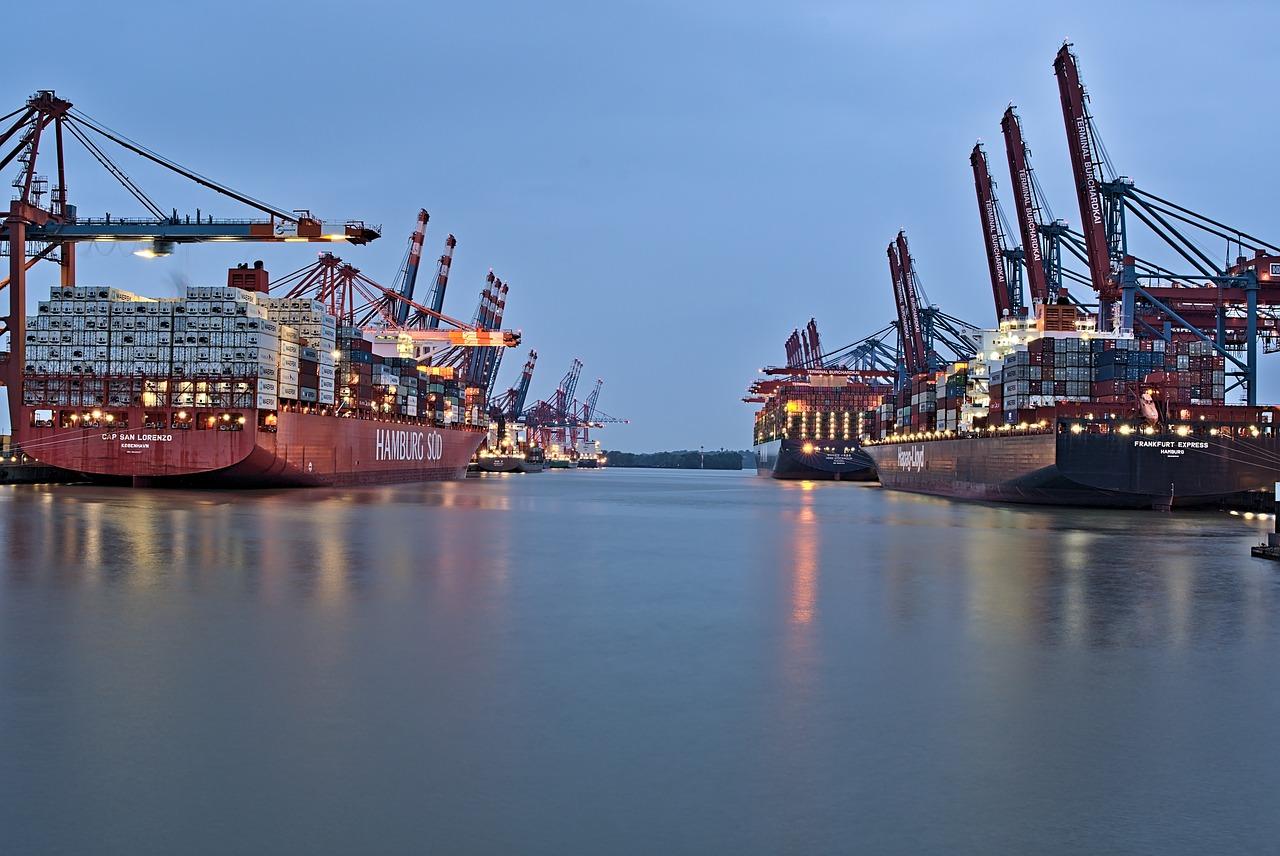
India’s economic momentum today is capturing the world’s attention. From the roaring highs of the stock market to robust agricultural growth and impressive export performance, India is shining on multiple fronts. The month of May saw the Indian stock markets scaling record highs, and by mid-June, there was a surge in the sowing of paddy and pulses, bringing smiles to the faces of farmers across the country. This boom in agriculture is expected to boost farmers' incomes and reinforce the nation's food security.
Over the past decade, India’s export growth has outpaced that of major global economies like the US, the EU, and even China. According to a report by UNCTAD, between 2010 and 2023, India’s exports grew at an average annual rate of 6.3%. In comparison, the European Union and the United States clocked export growth of 3.9%, while China posted 6.1%. This solid performance has significantly strengthened India’s role in the global supply chain.
Large Indian corporations have played a vital role in this export boom. A survey by SO Champ revealed that 54% of companies with a turnover of over ₹250 crore are major contributors to the country’s exports. Key sectors driving this export strength include automobiles, energy, IT, chemicals, and petrochemicals. However, one area of concern is the relative underperformance of smaller businesses in the export domain, indicating the need for targeted policy support.
This economic momentum has made India an attractive destination for investors worldwide. Several macroeconomic factors are reinforcing this positive sentiment—stable tax collection, easing inflation, strong PMI (Purchasing Managers’ Index) data, and growing foreign exchange reserves have all combined to boost investor confidence. In May alone, benchmark indices reflected this optimism: the Nifty rose by 1.7%, while the mid-cap and small-cap indices surged by 6.5% and 9.5% respectively. Defence-related stocks, metals, and public sector banks led the rally.
The recent agricultural success is equally noteworthy. A bumper sowing season for crops like paddy and pulses has set the stage for higher yields and incomes in the rural economy. This in turn supports consumer demand and contributes to economic stability. With agriculture, exports, and markets firing on all cylinders, India’s economy is undeniably reaching new heights.
However, to sustain and build upon this growth trajectory, structural reforms and inclusive development will be key. It is essential to empower small businesses to participate more actively in global trade. Farmers must be ensured fair prices for their produce, and infrastructure development needs to keep pace with the demands of a fast-expanding economy. If these challenges are addressed effectively, India won’t just emerge as an economic powerhouse but will also create widespread opportunities for its middle and lower-income populations.
India’s rise is not a coincidence but a result of concerted efforts across multiple sectors. The momentum is real, and with the right support and policies, the country stands poised to become one of the world’s leading economic superpowers.
Disclaimer:
This blog is for informational purposes only and reflects current economic trends and data. It does not constitute financial or investment advice. Readers are advised to do their own research before making any financial decisions.




